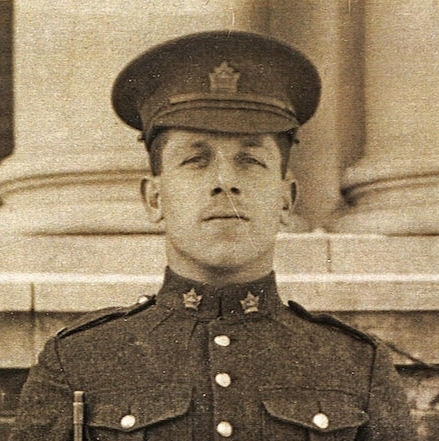Exhibit of Reuben Alvin Jukes' Diaries
This exhibit is dedicated to showing how people coped with the circumstances that soldiers found themselves in during the first world war by seeing how they connected to the old lives that they had back home. In particular, we examine the diary entries of Rueben Alvin Jukes, a member of the 20th Canadian battalion. He enlisted with the Canadian armed forces to fight in world war 1 in 1914 at the age of 27. He was an artist by trade and continued to pursue his art in the war despite the government advocating against such practices. One of the ways he artistically expressed himself was through his diary. He started writing after an injury occurred By examining the content found within his diary, we can find out what aspects of his daily life allowed him to escape his conditions.
We can see several ways that Rueben connected with his home life in his diary. Drawings and writings of churches, patriotic symbols of his home country, his various drawings and photos, writing and receiving letters, going on walks with and talking with friends, and many other mediums were all used to reconnect back to his old home life and create a sense of normalcy amidst very harsh conditions that would be very alienating for most people.
The constant threat of enemy attack, the low survival chances, the ever-changing conditions of the battlefield, and the brutal trenches in world war I kept soldiers in a constant state of fear and anxiety. Their only relief from this constant stress seemed to be receiving or reconnecting with home in one way or another. The following exhibit serves as an example of the venues through which soldiers may do this.
